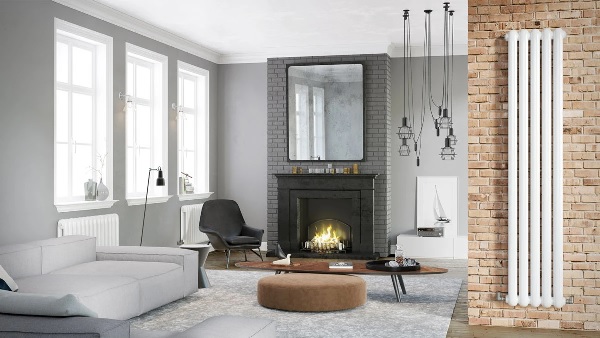Choosing the right radiator for your home can significantly impact both the aesthetics and the heating efficiency of your space. With the rising popularity of the vertical radiator, many homeowners find themselves debating between this modern option and the conventional horizontal design. Below, we delve into the pros and cons of both types, helping you decide which radiator best suits your needs and interior style.
Table of Contents
Understanding Radiator Types
Radiators have long been a staple of home heating systems. Traditionally, they are horizontally oriented, commonly found bulging from below windows or against walls. However, with evolving home design trends, the vertical radiator has gained traction, offering more flexibility in terms of placement and style.
While traditional radiators are typically wider than they are tall, vertical radiators flip this concept, standing tall against walls, which can free up horizontal space and create unique design opportunities.
Evaluating Aesthetic and Space Considerations
One of the most significant benefits of vertical radiators is their ability to optimise space, particularly in smaller rooms. For instance, in cramped kitchens or narrow hallways, a vertical design can free up valuable wall area that would otherwise accommodate a horizontal radiator. This can also open up possibilities for additional furniture or decorations.
Aesthetically, vertical radiators can offer a sleeker and more contemporary look. Available in a variety of finishes, from stainless steel to colourful powder coats, they can act as a statement piece within a room. Traditional radiators, although available in diverse finishes, might not offer the same striking appeal but can exude a classic charm that complements period properties or minimalist designs.
Heating Efficiency and Performance
Both vertical and traditional radiators perform the primary function of heating a space effectively. However, there can be subtle differences concerning heat distribution. Horizontal radiators often provide more even heat distribution, as they cover a larger wall area. This can be beneficial in bigger rooms where consistent, widespread heat is desired.
Vertical radiators, while equally capable of heating a space, may sometimes focus the heat upwards, which may not be as effective in larger rooms unless strategically placed. However, this is often negligible in smaller spaces where the heat dissipates throughout the area efficiently.
Installation and Cost Considerations
Installation for both radiator types can vary depending on the existing plumbing configuration. In some cases, transitioning from horizontal to vertical radiators might require adjustments to pipework, potentially increasing the cost of installation.
In terms of cost, both types of radiators come at various price points based on material, brand, and design. Custom or designer vertical radiators could be more expensive than their traditional counterparts. It’s important to consider these factors alongside your budget and long-term heating needs.
Making the Right Choice for Your Home
When deciding between a vertical and a traditional radiator, it’s essential to evaluate your specific needs. Consider the layout and space constraints of each room, the desired aesthetic, and your long-term heating efficiency goals. Furthermore, personal style and taste will play a critical role in this decision.
